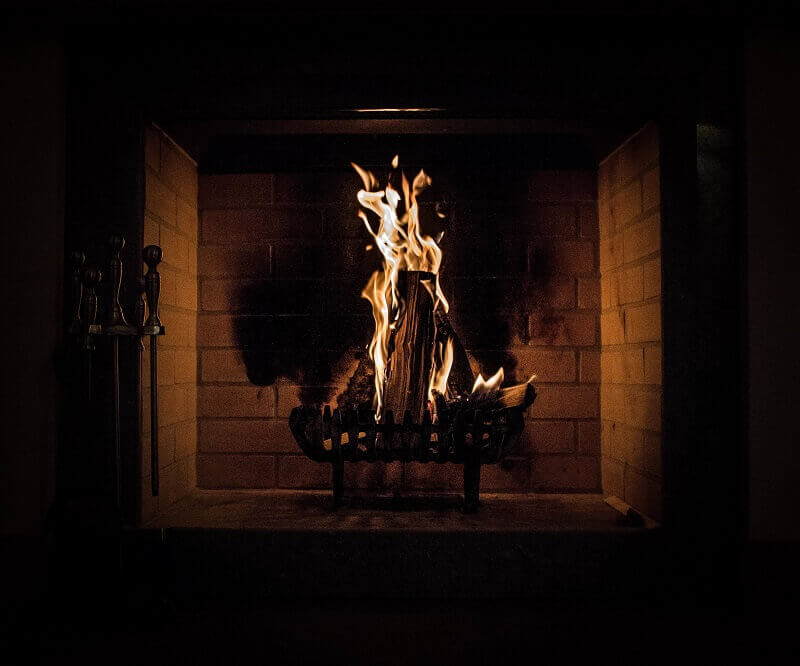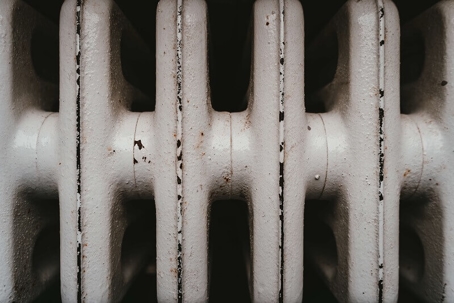Taking on do-it-yourself furnace repair can be a daunting task, especially without the right tools at hand. This guide empowers you with the knowledge you need to tackle common problems. This information could benefit those in the furnace repair Los Gatos, CA, area. It’s about more than having the right tools and knowing how to use them effectively. With this guide, you’ll be better prepared to address furnace issues, potentially saving time and money.
Understanding Your Furnace System
Before diving into any repair, a foundational understanding of how your furnace system works is crucial. Most household heating systems include a furnace, heat exchanger, blower motor, and thermostat. The furnace uses fuel (like natural gas, propane, or oil) to heat the heat exchanger. When the heat exchanger warms up, the blower motor sends this heat through the ductwork to heat your home. The thermostat controls this whole process. By understanding these key components, you’ll be better equipped to diagnose problems and apply the correct fixes.
Safety Measures and Precautions
When dealing with furnace repair, safety is of paramount importance. Before beginning any work, always turn off your furnace’s power and gas supply to avoid potential accidents. Wear protective gloves and eyewear to safeguard against sharp edges and flying debris. Ensure your workspace is well-lit and ventilated, and only attempt a repair if you’re particular about any part of the process. Remember, seeking professional help is better than risking your safety.
Essential Tools for Your Toolkit
Having the right tools for the job is crucial. Your toolkit should include a set of screwdrivers, pliers, a wrench set, a multimeter, a flashlight, and a non-contact voltage tester. A screwdriver and pliers are necessary for loosening and removing parts. At the same time, a multimeter and voltage tester are essential for diagnosing electrical issues. A flashlight can help illuminate darker areas of your furnace, making your work safer and more accurate.
Basic Troubleshooting Techniques
Now that you’ve assembled your toolkit and understand safety precautions let’s explore basic troubleshooting techniques. Start by checking if your thermostat is functioning correctly and set at the right temperature. Next, examine the circuit breaker to ensure the furnace is getting power. You can also inspect the furnace filter and replace it if it’s dirty. Suppose your furnace still isn’t working correctly. In that case, it might be time to delve deeper into specific repair procedures or seek professional help.
When to Call a Professional
While handling minor furnace repairs is empowering, sometimes it’s best to call a professional. Suppose you notice unusual noises or smell gas, or your furnace isn’t producing heat even after troubleshooting. In that case, you might have a more complex issue. Remember, your safety and the efficiency of your heating system are more important than saving a few dollars on a repair bill. Professional HVAC technicians have the training and experience to handle more complicated furnace issues.

Navigating the world of furnace repair as a homeowner can seem challenging. Still, with the proper knowledge and tools, you’re well-prepared to tackle common issues. This guide has provided the essentials—from understanding your furnace to safety precautions, key tools, basic troubleshooting, and recognizing when to seek professional help. Nevertheless, there’s no substitute for professional expertise in complex cases. If you’re in the furnace repair Los Gatos, CA area and are dealing with a problem beyond your comfort zone, don’t hesitate to call a trusted professional. Protecting your investment and ensuring the longevity of your heating system is paramount.
The post Homeowner’s Guide to the Essential Furnace Repair Toolkit appeared first on Pelle Heating & Air Conditioning.

